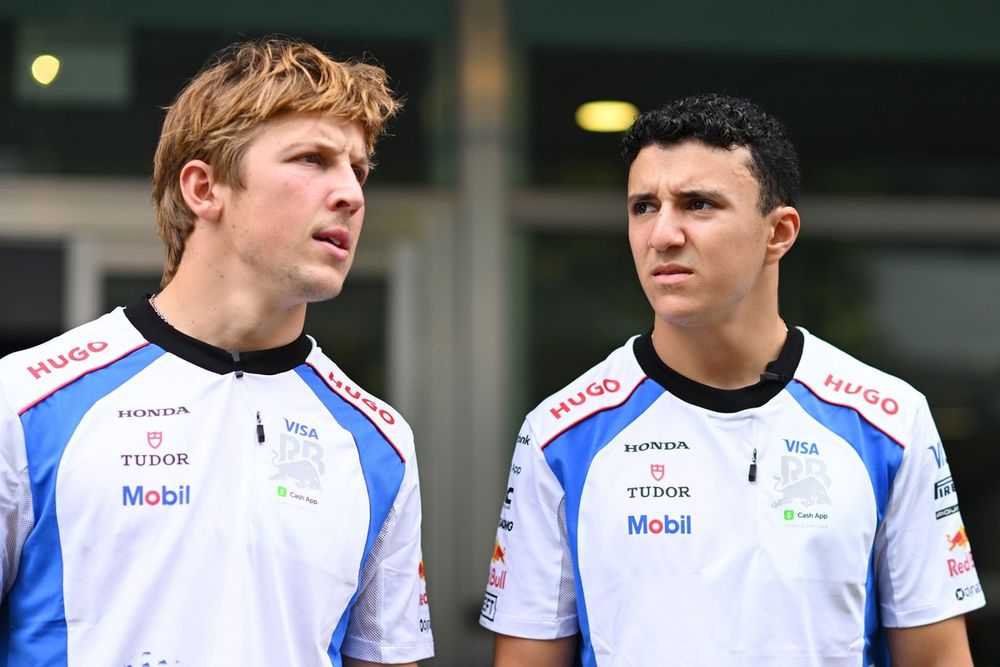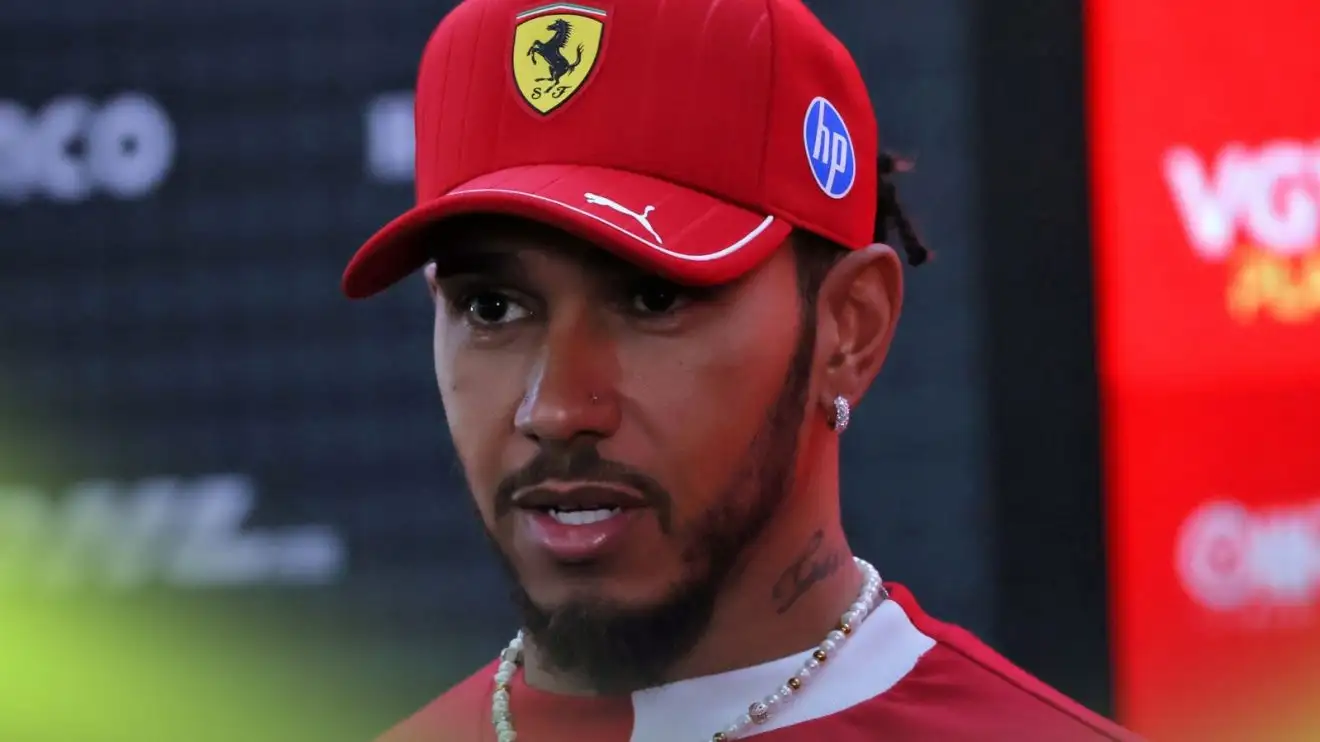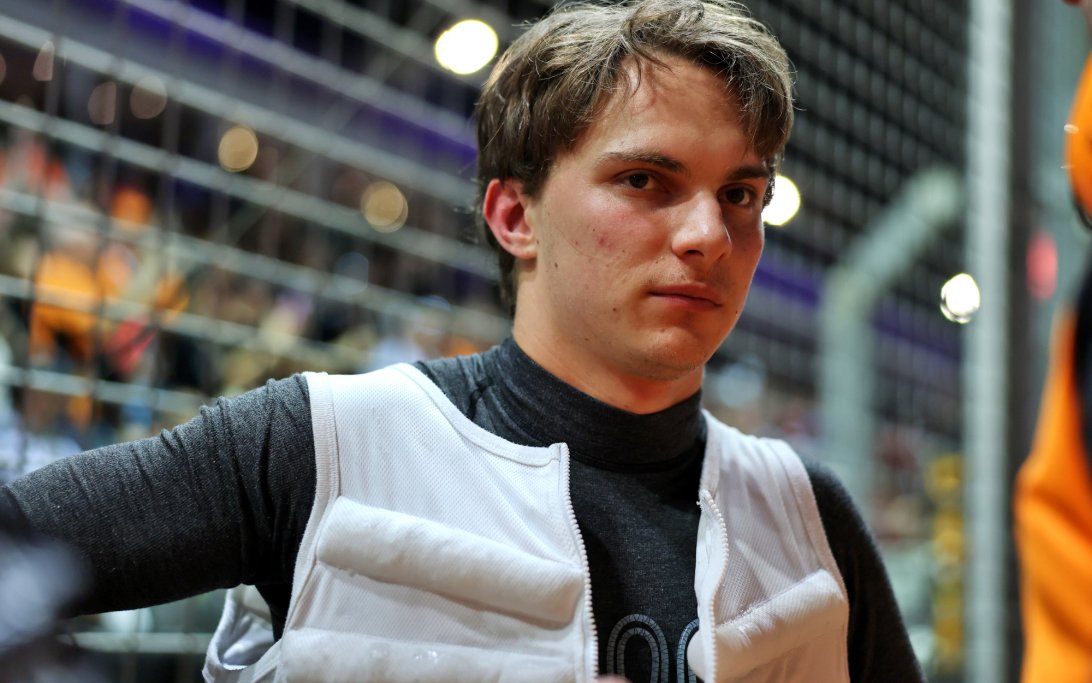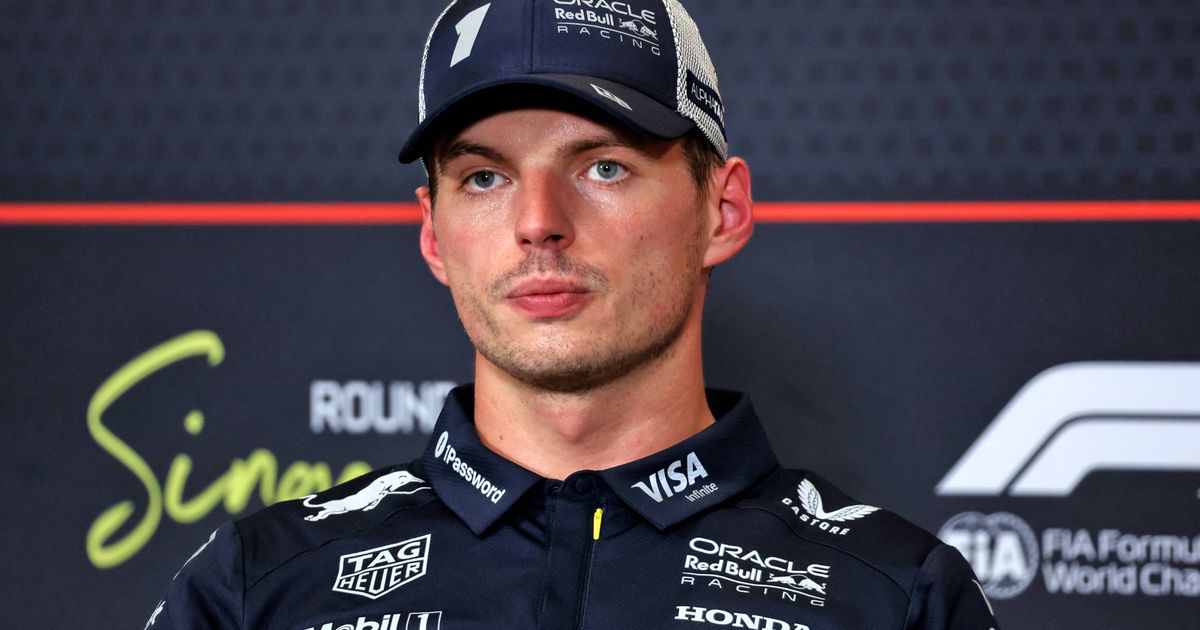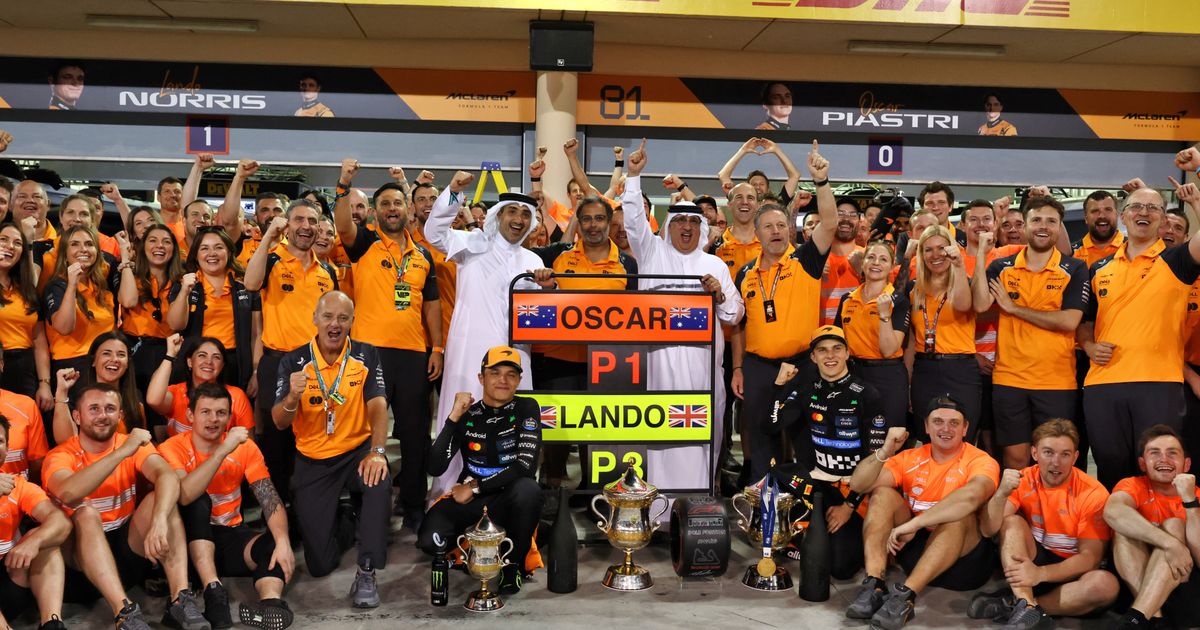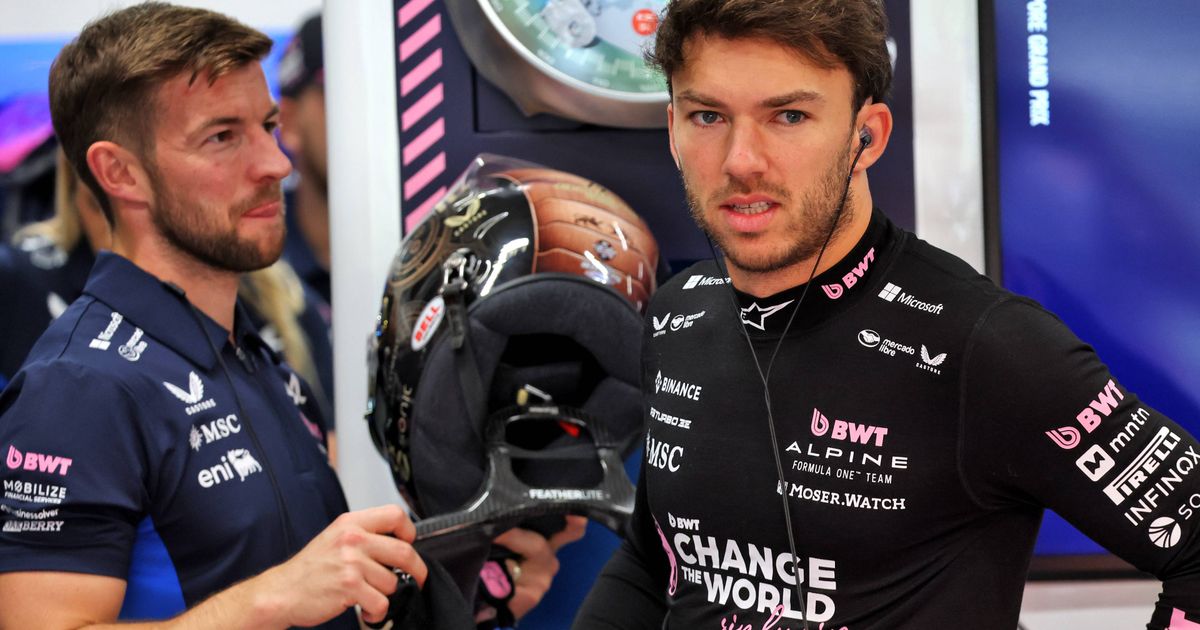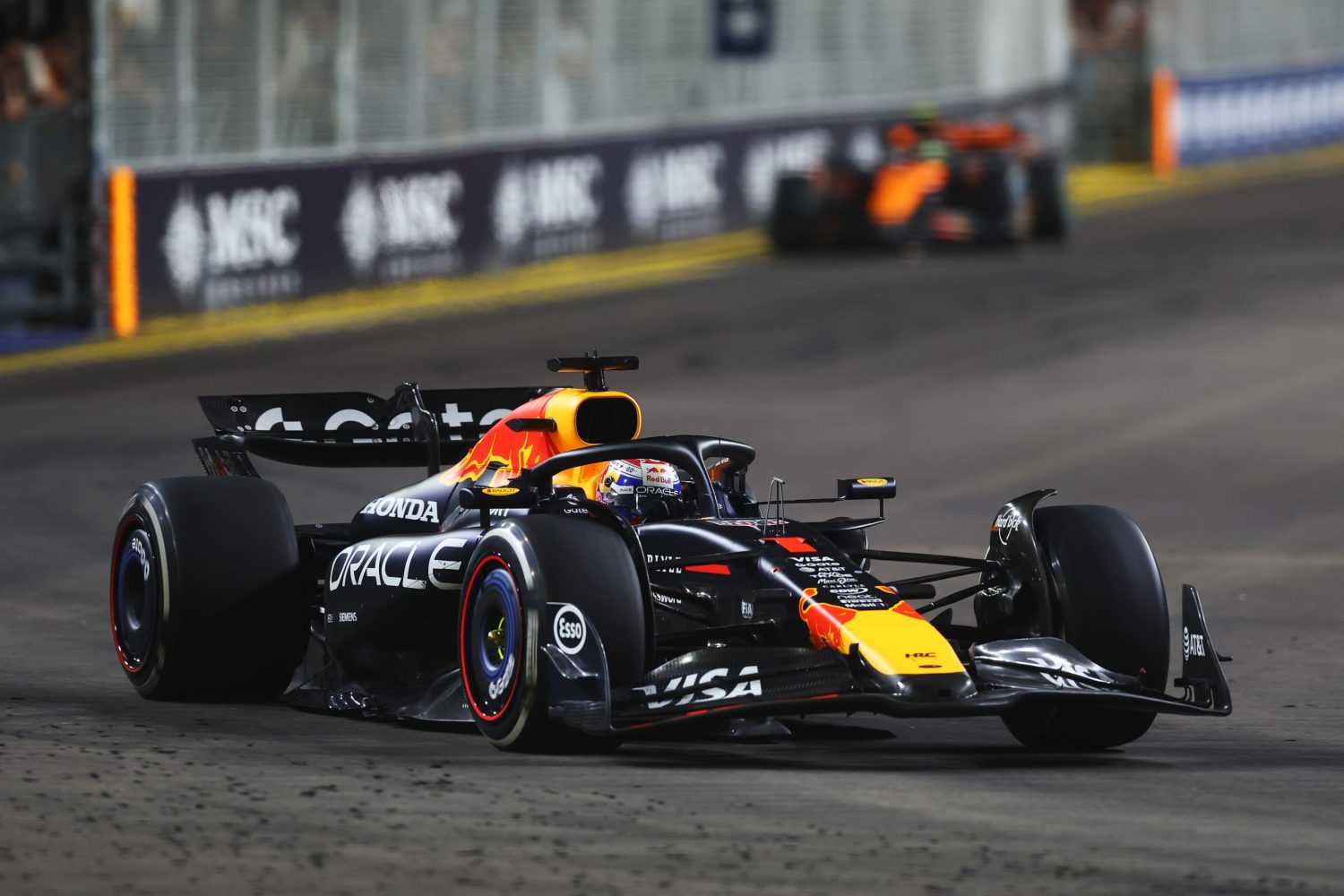
Red Bull's 2025 Focus: A Strategic Gamble Before the 2026 Shake-Up
As Formula 1 approaches its monumental regulation overhaul in 2026, Red Bull is diverging from its rivals by persistently investing in the development of its RB21 car. This strategy aims to deepen their understanding of current performance, despite the potential short-term cost to their 2026 project. Team Principal Laurent Mekies emphasizes that fully comprehending the intricacies of this year's car is crucial for laying a strong foundation for future success, even with entirely different regulations on the horizon.
Why it matters:
Red Bull's continued commitment to the RB21, even as other teams shift their focus to 2026, highlights a strategic gamble. This approach prioritizes refining their engineering methodologies and data correlation in the present, believing these lessons will be invaluable for the next generation of F1 cars. If successful, this could give them a foundational edge when the regulations reset, allowing them to adapt more effectively to the new era.
The Details:
- Ongoing Development: Red Bull has rolled out significant upgrades to the RB21, including a revised floor introduced at Monza and a new front wing in Baku. These enhancements have demonstrably improved the car's competitiveness.
- Foundation for the Future: Laurent Mekies, the team principal, stresses that current investments are not merely for short-term gains but for solidifying the base for future triumphs. He states that understanding the RB21's performance limits and characteristics is essential for developing next year's project, even if the 2026 regulations are vastly different.
- Calibration of Tools: A key objective is to validate Red Bull's engineering tools—such as its wind tunnel and simulation data—by rigorously testing them with the current car. This addresses occasional correlation issues between laboratory observations and on-track performance.
- Confidence Building: Mekies believes that achieving a high level of performance and understanding with the RB21 will instill confidence within the team for the development of the 2026 car. This rigorous validation process ensures their development methodologies are sound.
Between the lines:
Red Bull's strategy represents a calculated trade-off. While pouring resources into the RB21 undoubtedly comes at a cost to the 2026 project—in terms of personnel and development bandwidth—Mekies views it as the correct long-term investment. By perfecting their current processes, data interpretation, and team dynamics, they aim to enter the 2026 era with a more robust and efficient development framework. This pragmatic, discipline-driven approach is a bet that a deeper understanding of 'how' they develop will be more critical than an early start on 'what' they develop under the new rules.
What's next:
Red Bull's commitment to continuous learning and refinement with the RB21 will culminate in its performance and the insights gained in the remainder of the 2025 season. The true test of this strategy will be seen when the 2026 regulations kick in, revealing whether their foundational strengthening pays off against rivals who opted for an earlier shift in focus. If their methodologies prove robust, Red Bull could find themselves in a formidable position as the sport embarks on its new technical chapter.
Original Article :https://f1i.com/news/550317-red-bull-still-digging-deep-into-2025-car-but-why.ht...


